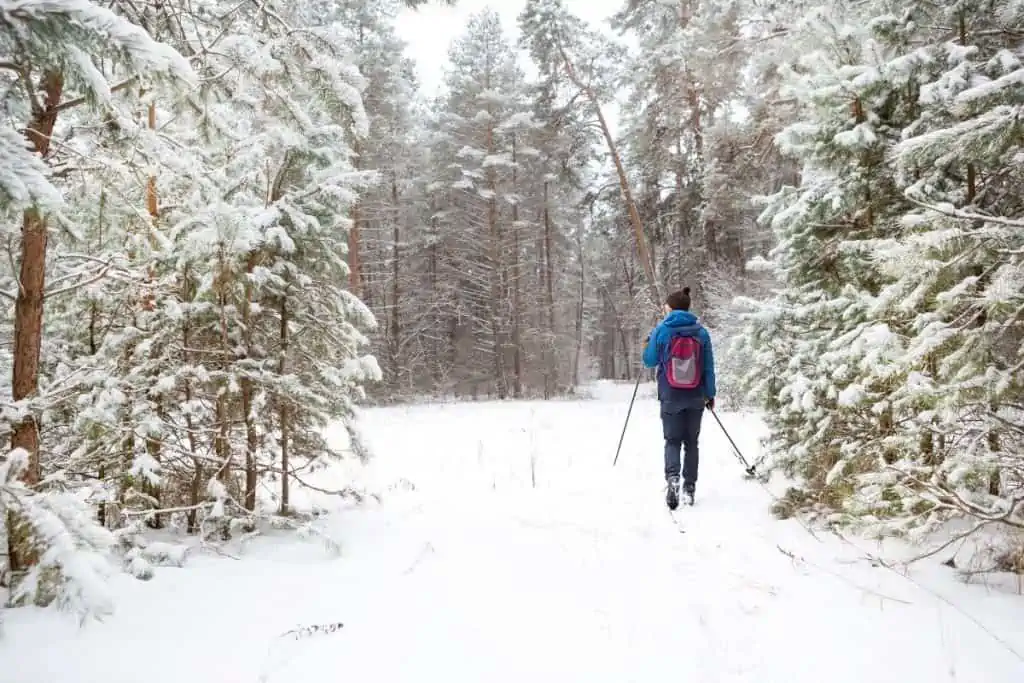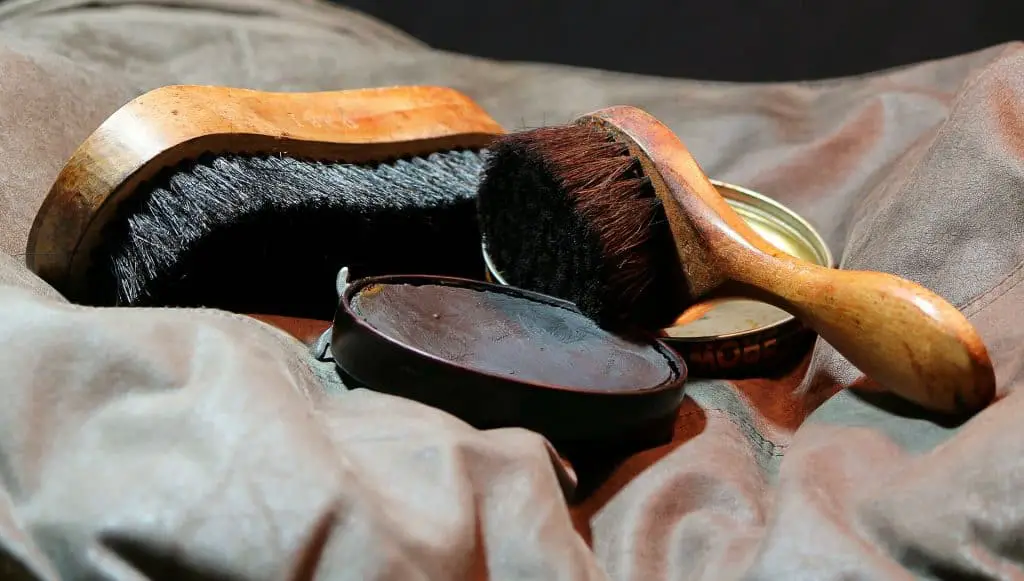If you’re an outdoor enthusiast who enjoys hiking, snow sports, or any other outdoor winter activities, you are probably familiar with what it’s like to have freezing-cold moisture seep through your gloves, jacket, or boots. When you’re trying to stay warm, getting wet is a recipe for disaster.
Gore-Tex is a textile quickly growing in popularity among the outdoor sports community. Professional athletes and weekend warriors alike are frequently spotted wearing gear containing this textile, but does Gore-Tex keep you warm?
Keep reading to learn more about how well Gore-Tex keeps you warm, as well as when you might need more layers!
Is Gore-Tex Warm?
Gore-Tex is an almost completely waterproof material that keeps water from getting through the fabric while allowing perspiration to get out. The combination of these two features helps the surface of your skin to remain dry, keeping you warm and toasty.
The reason Gore-Tex has been so popular is its ability to keep you warm, dry, and comfortable in any condition. Together they make Gore-Tex one of the best options for staying warm while hiking, backpacking, or traveling in the cold.
Gore-Tex Keeps You Warm
If you wear Gore-Tex outerwear, you’ll have no issues staying warm when walking through the rain, wind, or cold temperatures. The fabric is built with warming layers and moisture-wicking abilities, all while staying breathable.
This means that no matter if it’s hot or cold out, your gear will regulate the temperature to help you stay comfortable throughout the day.
When Is Gore-Tex Not Warm Enough?
In extreme conditions with low temperatures, Gore-Tex alone isn’t strong enough to fully protect against you. The Gore-Tex layer will still be effective at reducing the chill from wind and rain, but there should be other layers worn to fight against the cold.
One option that they have available for colder weather is the Gore-Tex Thermium technology. These products have increased insulating and are designed to keep the insulation layers dry for as long as possible.
What Helps Keep Gore-Tex Warm?
A scientific marvel, Gore-Tex is actually composed of three different layers. There are two layers of nylon and one layer of Teflon in between.
You’ve probably heard of Teflon as being what makes non-stick cookware slippery. While this material does help keep food from sticking to pots and pans, it has another function: waterproofing.
Since it’s so slippery, water slides right off of Teflon. In fact, there are even buildings constructed with roofs made out of Teflon.
The Teflon used in Gore-Tex has tiny pores in it, so it’s not technically completely waterproof. This is an essential part of why Gore-Tex helps keep you warm.
Gore-Tex Temperature Range
For Gore-Tex Footwear there are three different categories for temperature range.
- Insulated Comfort – Maximum heat retention.
- Performance Comfort – Broad range of temperatures.
- Extended Comfort – High heat loss.
If you’re looking to keep your feet warm in colder conditions, the Insulated Comfort Footwear is the best option to look at. It’s designed to be durable, waterproof, and breathable. The increased insulation helps to keep the heat trapped in the boot instead of being released.
The other two options aren’t as good at retaining heat, but they are also waterproof and breathable.
How Does Gore-Tex Regulate Temperatures?
The breathable nature of Gore-Tex is due to the tiny holes in its Teflon layer. These holes are smaller than one-millionth of a meter in diameter. For comparison, the thinnest of human hairs measure 17 millionths of a meter in diameter.
Now for the science class flashback: water molecules in gas form are significantly smaller than liquid-form water molecules. Gas particles are free-moving and not tied to one other, but liquid water has trillions of molecules that bond together.
While a gas water molecule is 700 times smaller than each of the holes in Gore-Tex material, a water droplet is 20,000 times larger than these holes.
This incredible size difference means that individual gas water particles (your sweat) can freely exit the Gore-Tex material, but water droplets from rain or snow are too large to pass through.
This is how your perspiration can easily escape while moisture from the atmosphere is blocked from entering gear equipped with Gore-Tex.
Conclusion
Gore-Tex has product lines that are designed to keep you warm in colder environments. By having increased insulation they can help retain heat while staying dry and comfortable.
It’s important to know what conditions you’ll be using your Gore-Tex gear in, that way you can find the best option when you’re outside and exploring!




